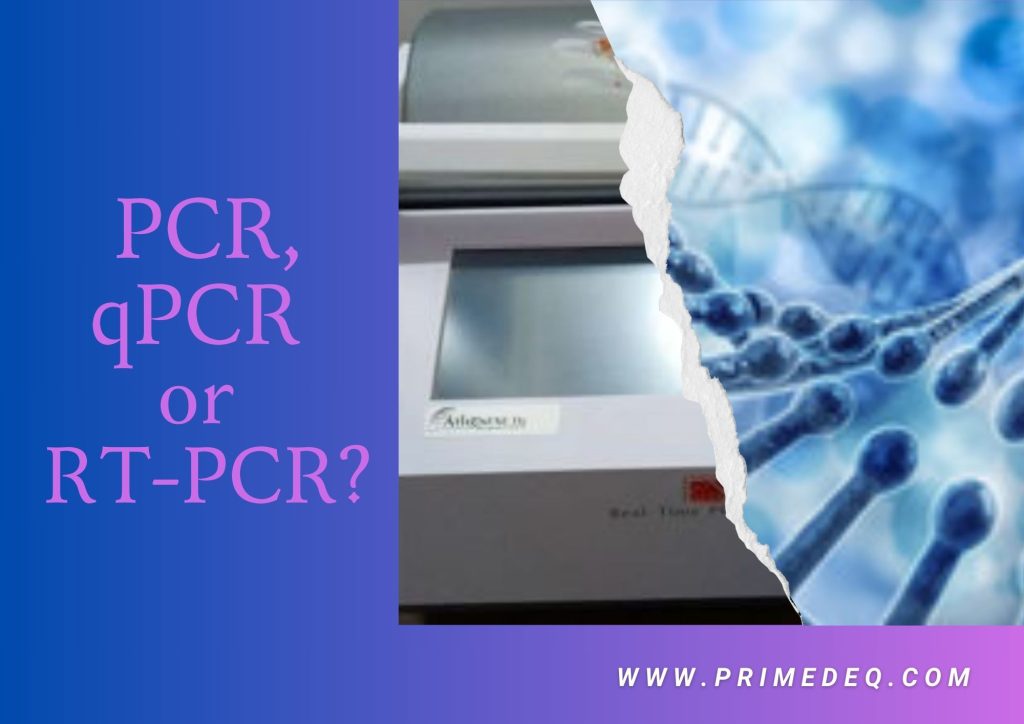
RT-PCR machine was in demand during covid and still continues to be much in demand for detection of pathogens and genetic testing. Polymerase chain reaction (PCR) machines are used to amplify small segments of DNA or RNA extracted, using a primer. Amplification is required because extracted sample of DNA may be too small for molecular and genetic analyses.
PCR machines are also called thermal cyclers or thermocyclers. Thermal cyclers are the main equipment for replication and amplification of nucleic acid segments through Polymerase Chain Reaction (PCR). PCR is a method in which a template DNA is amplified using synthetic primers – a DNA polymerase and dNTPs (deoxynucleotide triphosphate). A mixture of nucleic acid sample and primers is cycled between at least 2 temperatures: a high temperature for denaturing double-stranded DNA into single-stranded molecules and a low temperature for the primer to hybridize to the template and for the polymerase to extend the primer. Each temperature cycle theoretically doubles the quantity of target sequence, hence amplifying a small sample exponentially to millions of strands.
The amplified DNA produced by PCR has a variety of uses, including the investigation of genetic diseases (growing utilization of bio-markers for disease diagnostics such as Cancer, CVD), DNA fingerprinting (forensics), detection of pathogens, bacteria or viruses (such as Covid) in infectious diseases, Pharmacogenomics (assessing drugs that most suitable for a person – personalized medicine), Prenatal foetal health testing, genetic disorders, detection of Cancer, Neurological disease, Cardiovascular disease etc.
For this reason, PCR is an integral part of biomedical research, criminal forensics and molecular diagnostics. Most of these testing can be done with non-invasive or minimally invasive methods and hence growing in popularity.
So what is involved in the PCR or Polymerase Chain Reaction process? What are the equipment used in the PCR lab? How do they compare? Lets dive in…
PCR process
The polymerase chain reaction process has three steps accomplished using primers and other reagents:
- Denaturing
- Annealing
- Extension/Elongation
The denaturation process essentially involves untangling the double stranded DNA helix into single stranded molecules, so that it is ready to bond with a primer. Annealing is a heat treatment process that changes the physical and sometimes also the chemical properties of a material. Then at lower temperature in the thermocycler, the final process of extension of the DNA strand through the polymerase and primer happens. These three main steps are repeated until millions of copies are replicated and the DNA sequence obtained is adequate for study.
Types of PCR Machines
Several types of PCR machines are available based on how they operate and all functions they can perform. The most common ones being used today are the conventional PCR, qPCR and RT-PCR machines.
1. Conventional PCR machine
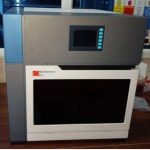
The conventional PCR machine is used to perform the basic polymerase chain reaction as described above and amplify a target DNA sequence to several million in a short amount of time, say in just 2-3 hours. It allows the replication of cellular genetic material using a polymerase enzyme and primer to construct specific fragments of DNA, multiple times to build up to millions or billions of copies.
Identification and quantification of the DNA is done separately using other devices.
Conventional PCR is used in many areas of study, including medical and diagnostic research, forensic studies and research, selective DNA isolation, amplification and quantification of DNA.
2. qPCR machine
Quantitative PCR (qPCR), also called RT-PCR (real-time-PCR) machine essentially performs both the standard polymerase chain reaction i.e. amplification of a target DNA sequence as well as quantification of the concentration of the DNA. This is done using fluorescence-detecting thermocyclers. Fluorescent dyes signal DNA of interest, and the amount of fluorescence generated indicates the quantity of DNA present.
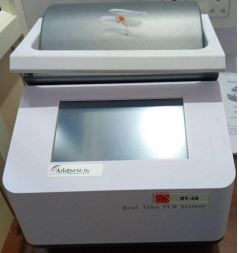
Compared to conventional PCR, using qPCR is evidently faster and happens almost at the same time, hence the name ‘real-time’. All RT-PCR machines constitute similar components – A thermal cycler, an excitation source (usually a laser or tungsten lamp), a camera for fluorescence detection and computer (with software) for data processing and analysis.
qPCR can be used in genotyping and quantification of pathogens, microRNA analysis, cancer detection, microbial load testing and genetically modified organisms (GMOs) detection.
3. Reverse Transcription PCR or RT-PCR machine
The human genome uses DNA to carry the genetic template. Unlike human genome many virus use the RNA template rather than DNA. Hence in many cases it is important to study the RNA or mRNA (mature RNA), rather than DNA.
However, RNA is more fragile and dynamic than DNA, which makes it difficult to handle and analyze. Hence researchers often convert mRNA samples into complementary DNA sequences (or cDNA). This is done through reverse transcription. The reverse transcription process uses a special enzyme called reverse transcriptase. This enzyme makes cDNA sequences that are complementary to each mRNA transcript, essentially carrying another form of the same sequence. The cDNA is single-stranded just like the original RNA. It is then converted into a double-stranded cDNA molecule. The resulting DNA molecules can then be used and amplified in a standard PCR reaction as detailed above. Hence, Reverse Transcription PCR (RT-PCR) is different from conventional polymerase chain reaction, in that it, amplifies target RNA instead of DNA.
RNA sequencing is a next generation sequencing technologies.
RNA sequencing provides several advantages over hybridisation-based approaches as it has higher sensitivity for genes expressed, lower technical variation and also higher levels of reproducibility. It is considered relatively un-biased and provides far more details as compared to DNA study.
RT-PCR is used in gene insertion, research methods, genetic disease diagnosis and cancer detection.
How Much Does a PCR or RT-PCR Machine Cost?
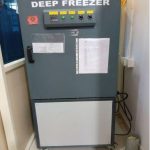
So which machine should one buy?
It depends on the required application and the budget. The cost of a PCR machine can vary enormously depending on your needs. A basic PCR machine can have as low as ₹ 2 lakhs, while top-of-the-line RT-PCR or qPCR systems can range from ₹ 10 -20 lakhs.
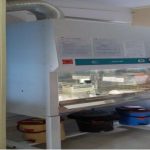
Additionally centrifuges, refrigerators, deep freezers, vortex mixers, nucleic acid extraction equipment, microscopes, incubators, bio-safety cabinets, autoclaves and many other equipment are needed for the entire lab (See details of all equipment required).
On the whole, setting up a molecular diagnostic or RT-PCR lab may cost well in excess of ₹ 50 lakhs at the minimum.
https://in.linkedin.com/in/shanthi-mathur-ab07838
